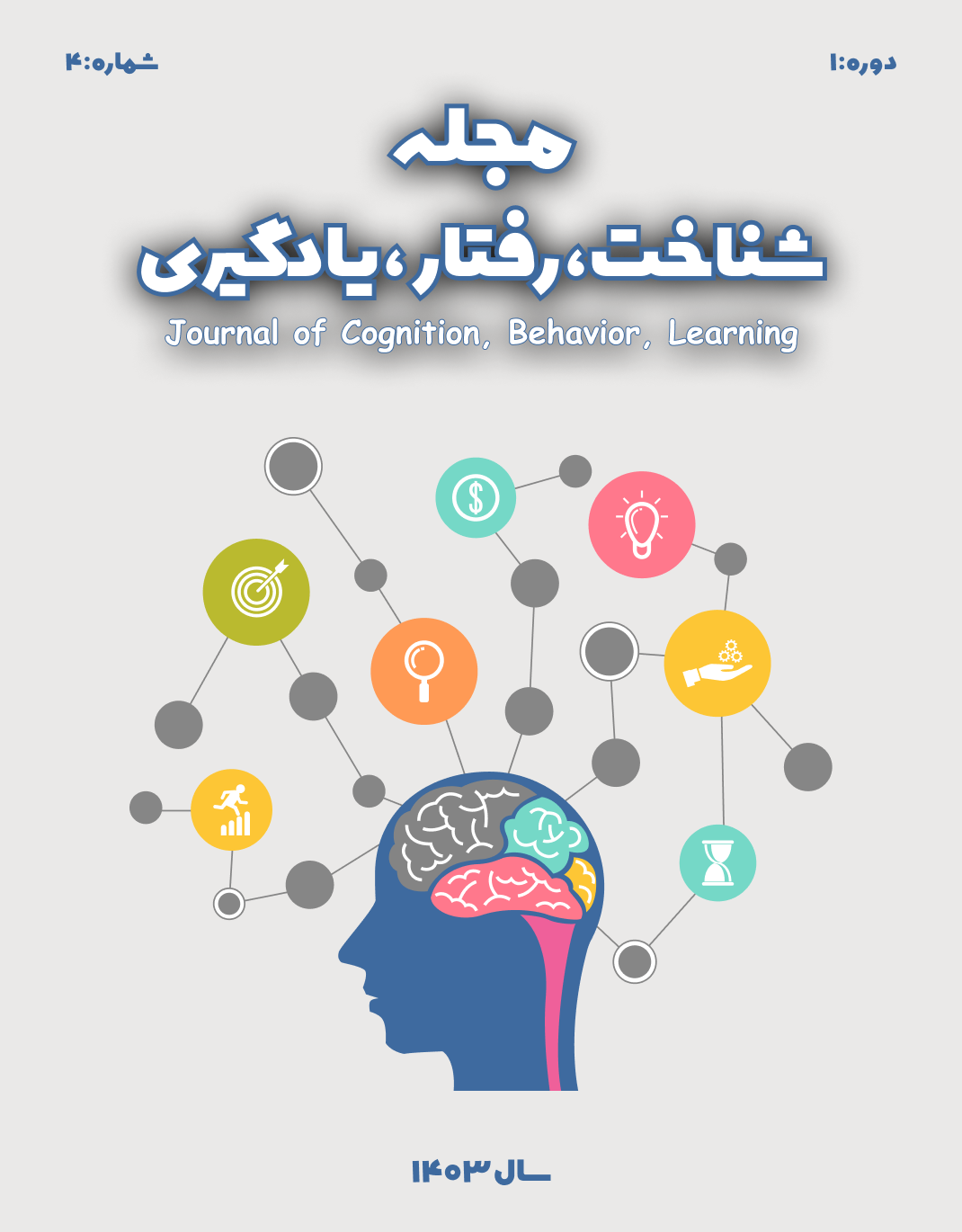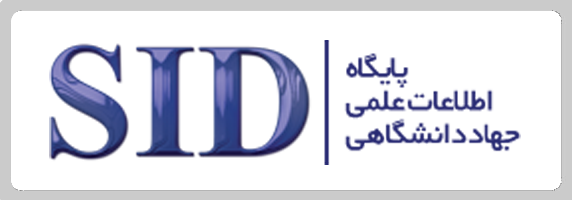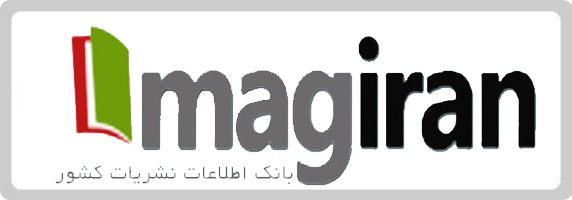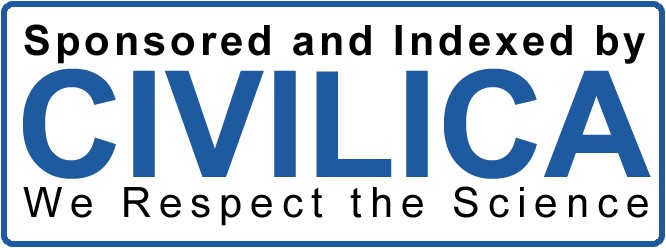Identifying Factors Affecting The Development Of Continuing Education For Employees In Universities
Keywords:
Continuing education, employee training, workplace learning, universities in Baghdad, professional developmenAbstract
This study aimed to identify the factors influencing the development of continuing education for employees in universities of Baghdad Province. This applied research employed a sequential exploratory mixed-methods design. In the qualitative phase, data were collected via semi-structured interviews with 15 academic and administrative experts selected through snowball sampling. The data were analyzed using the grounded theory approach. In the quantitative phase, 174 university staff members with at least 10 years of work and in-service training experience were selected through multistage cluster sampling. A researcher-made questionnaire was used, and its validity was confirmed via confirmatory factor analysis using Smart PLS. Data analysis included one-sample t-test, ANOVA, and multiple regression. Inferential findings revealed seven major components significantly affecting continuing education development: continuing education platforms, implementation requirements, management and leadership, technological instructional design, pedagogical factors, educational strategies, and evaluation and feedback. Regression analysis showed that technological instructional design (ß=0.521, p<0.001) and pedagogical variables (ß=0.179, p<0.001) had the strongest influence on continuing education development. The adjusted R² was 0.954, indicating high model predictive power. The GOF index was 0.676, representing strong model fit. ANOVA confirmed significant differences among the components' means (F=10.85, p<0.001). The results suggest that the development of continuing education in universities of Baghdad is driven by a comprehensive set of organizational, technological, instructional, and managerial factors. Structural, cultural, and technological support from universities is essential to fostering continuous professional competence among employees. Intelligent instructional design and ongoing internal and external evaluation are recommended as strategic approaches to advancing continuing education.
Downloads
References
Ataei, M., Safarian Hamdani, S., & Zamani, F. (2019). A model for effective teaching in continuous medical education programs. Mazandaran University of Medical Sciences Journal, 29(176), 202-207. https://jmums.mazums.ac.ir/article-1-13004-en.html
Cox, C. W., & Gunderman, R. B. (2017). Andragogic approaches to continuing medical education. Academic radiology, 24(10), 1325-1326. https://doi.org/10.1016/j.acra.2017.05.004
Dewi, M., Suriani, N., Khusnul, L., & Malimi, L. (2024). Analysis Of The Influence Of Continuous Training Development And Education On Professional Competence Of Teachers In Public Schools. https://jonedu.org/index.php/joe/article/view/5194
Farastekhah, M. (2021). Under the skin of the humanities in Iran: The duel of actors and structures. Humanities Development Quarterly, 2(4), 5-18. https://doi.org/10.22047/hsd.2022.182458
Farstakhah, M. (2020). Under the skin of Iran's humanities, the duel between activists and structures. Two Quarterly Journals of Humanities Development, 2(4), 18-15. https://journals.sagepub.com/doi/abs/10.1177/08969205231176051
Filipe, H. P., Mack, H. G., & Golnik, K. C. (2017). Continuing professional development: progress beyond continuing medical education. Ann Eye Sci, 2(7), 46. https://doi.org/10.21037/aes.2017.04.01
Hilty, D. M., Turvey, C., & Hwang, T. (2018). Lifelong learning for clinical practice: how to leverage technology for telebehavioral health care and digital continuing medical education. Current psychiatry reports, 20(3), 1-11. https://doi.org/10.1007/s11920-018-0878-y
Lam, N., Huong, H., & Tuan, C. (2018). Preparation for major burns incidents: evaluation of continuing medical education training courses for professionals. Annals of burns and fire disasters, 31(4), 322. https://pmc.ncbi.nlm.nih.gov/articles/PMC6441574/
McCray, J., Warwick, R., & Palmer, A. (2018). Impressions of action and critical action learning: exploring the leadership development of senior doctors in an English healthcare organization. International Journal of Training and Development, 22(1), 69-85. https://doi.org/10.1111/ijtd.12119
Mohammadi, A. R., Parsa, A., Shahi, S., Darfash, H., & Mehralizadeh, Y. (2023). Identification of the status of continuous education in the Iranian National Tax Administration. Tax Research Journal, 108, 12-39. https://doi.org/10.61186/taxjournal.34.60.7
Mostafai Asadabad, G. R., Sharifi, A., Akbari, M., & Lotfi, M. (2024). The role of artificial intelligence in personalized learning. http://www.journalfkipuniversitasbosowa.org
Parvin Yan Nasab, A., & Taheri, N. K. (2020). Effectiveness of continuing nursing education program in Iran: a narrative review. Journal of nursing education, 11(4), 1-12. https://jne.ir/article-1-1326-en.pdf
Pouriyan Nasab, P., & Taheri, N. K. (2022). The effectiveness of continuous nursing education programs in Iran: A narrative review. Nursing Education Journal, 11(4), 1-12. https://jne.ir/article-1-1326-en.pdf
Sadeghitabar, P., & Shariatmadari, M. (2020). Designing and validating the continuing medical education model based on blended learning. Research in School and Virtual Learning, 8(1), 79-97. https://journals.pnu.ac.ir
Saeedavi, K., Hosseinpour, M., & Barakat, G. (2023). Identification and elucidation of strategic facilitating factors for the heutagogical approach in the continuous education of managers. Journal of Medical Education, Jundishapur Center for Studies and Development of Medical Education, 14(4), 466-480. https://journals.sagepub.com/doi/abs/10.1177/1045159520905364
Seydi, S., Goudarzi, A., Mahmoudi Yeganeh, I., & Bahrooy, M. (2023). Examination of developments in continuous learning and academic excellence and the role of continuous learning systems. https://www.emerald.com
Shokri, N., Shokri, M., & Azarian, M. (2024). Investigating the status of the importance of teachers' professional development in students' success. https://eric.ed.gov/?id=EJ1312512
Yousefi, Z., Imani, M. N., & Jahed, H. A. (2023). Determining the Priority of Dimensions, Components and Indicators to Improve the Effectiveness of in-Service Training Courses for Staff of the Central Headquarters of the Ministry of Health, Treatment and Medical Education. Health Management, 14(49), 35-50. https://doi.org/10.30495/JHM.2023.74752.11152
Downloads
Published
Submitted
Revised
Accepted
Issue
Section
License
Copyright (c) 2025 فرح خیرالله فواز الحیانی (نویسنده); محمد حسین پور (نویسنده مسئول); منیر فخری صالح, نرگس سعیدیان خوراسگانی (نویسنده)

This work is licensed under a Creative Commons Attribution-NonCommercial 4.0 International License.





